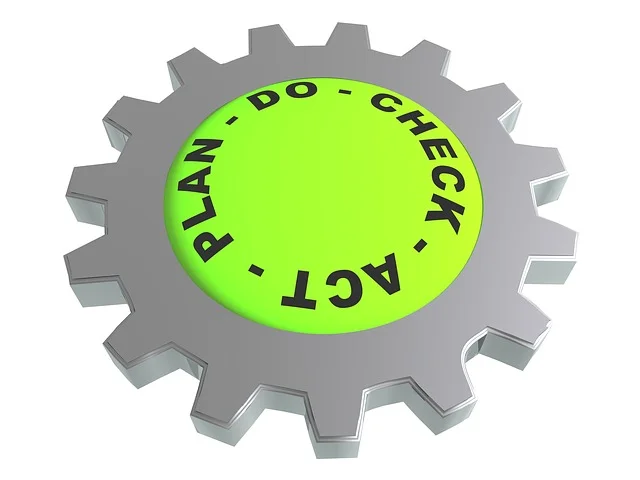PDCA - Small Changes, Big Results.
PDCA (Plan, Do, Check, Act) is an ongoing cycle of iterative improvements that encourages the manager/employee to repeat and repeat the cycle to control, continually improve and problem solve.
You may also know this as the Deming Circle as it was made popular by Dr W. Edwards Deming.
The concept is relatively straightforward and encourages management to continually assess and observe what is happening in their department, plan changes, implement them, review and then start the process again by observing what is actually happening.
Although the cycle starts with P (Plan) it actually makes more sense to start with O (Observe). If you don’t observe and check what is happening now, how can you be expected to plan any improvements?
So the OPDCA model is:
O - Observe.
If you are starting off from fresh, then this stage might take some time but it is well worth it to fully understand what is actually happening in your business. Only then can you make informed decisions on where to focus any improvement energy.
Questions to help this stage:
- What is currently happening/what is the current baseline?
- What processes are being followed in the department?
- What are the pain points felt by customers and employees?
- What is working really well?
- Where are the bottlenecks in any processes?
- How are people and teams structured and allocated work?
- How does work come into the department?
- How does work leave the department?
- What metrics are used to track SLAs, KPIs, quality?
P - Plan.
This stage is where you would establish the objectives and scope of what improvement or change you were trying to implement. You would set expectations of the new desired output so that you knew exactly how to measure the success of the change. You would also plan who, when, where and what changes are going to happen.
Questions to help this stage:
- Why are we making this change?
- What change are we looking for?
- What new performance are we expecting to get?
- How will this impact SLAs, KPIs and quality?
- Who is required to make these changes?
- What resources do we need to make the required changes?
- What steps or stages are required?
- When can the changes be implemented?
- Who needs to be kept informed or consulted (stakeholder management)?
- What is the budget for these changes?
- Can we prototype the changes or do we need to run in parallel to ongoing operations?
D - Do.
Do the required changes. Work on the project to implement what it is you have planned out from the previous stage. This is typically when you would start the development, building, testing and implementation of the required change.
Questions to help this stage:
- How often will you receive progress updates?
- Who is managing the do stage?
- Who is responsible for allocating resources to complete the do stage?
- Is everyone aware of what is happening?
- How long after implementation do you foresee issues (warranty period)?
- What data are you collecting to enable the Check and Act stages?
- How is progress vs budget?
- What feedback are you getting from stakeholders?
C - Check.
Assuming the implementation has been completed, this stage is where you would check the results of your implementation against your original plan to ascertain whether there are any differences to what you expected to happen.
Questions to help this stage:
- What data are you comparing against originally?
- What variances can be seen against the original plan?
- What are the causes of the variances?
- Are all the variances positive/negative?
- Are there any surprising results that weren't anticipated?
- What feedback from stakeholders are you receiving?
- What lessons have been learned?
A - Act.
If the implementation was successful then you have now moved the baseline for performance and will continue to act with this new “normal”. If not, then a need to revert to the original baseline will be needed and lessons need to be closely observed to identify where the improvement failed to deliver on expectations.
Questions to help this stage:
- What went well?
- What could have gone better?
- Have all new baseline SLA’s/KPI’s been communicated?
- Have all employees been informed and are aware of the changes?
- Have customers and key stakeholders been informed?
- What do we need to do to revert back to the original baseline activities?
Then, start it all again and again and again.
Making continual small improvements will all add up to dramatically change and improve how you and your team works. Marginal gains, implemented over and over again, can create massive changes when compounded together. Just look at Team Sky’s performance using a similar mindset of constantly improving and monitoring.
Use this model in a personal capacity too. Plan out your goals, look at where you are now, make small changes to how you do things, assess how it has worked review and adjust again and again and again.
Keep learning. Keep developing. Keep growing. Only by doing this will you and your company/team continually push and strive to be ahead of the curve.




